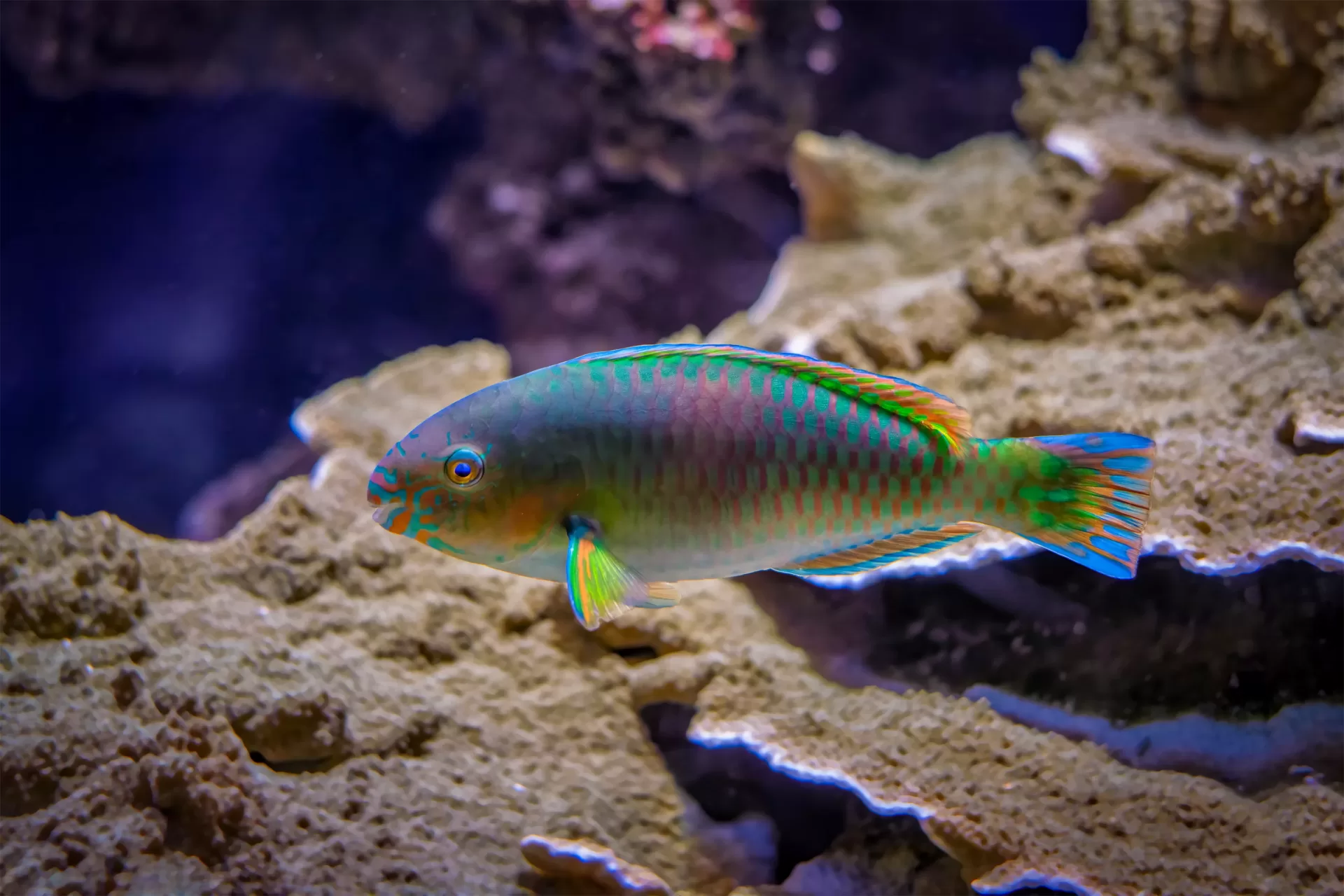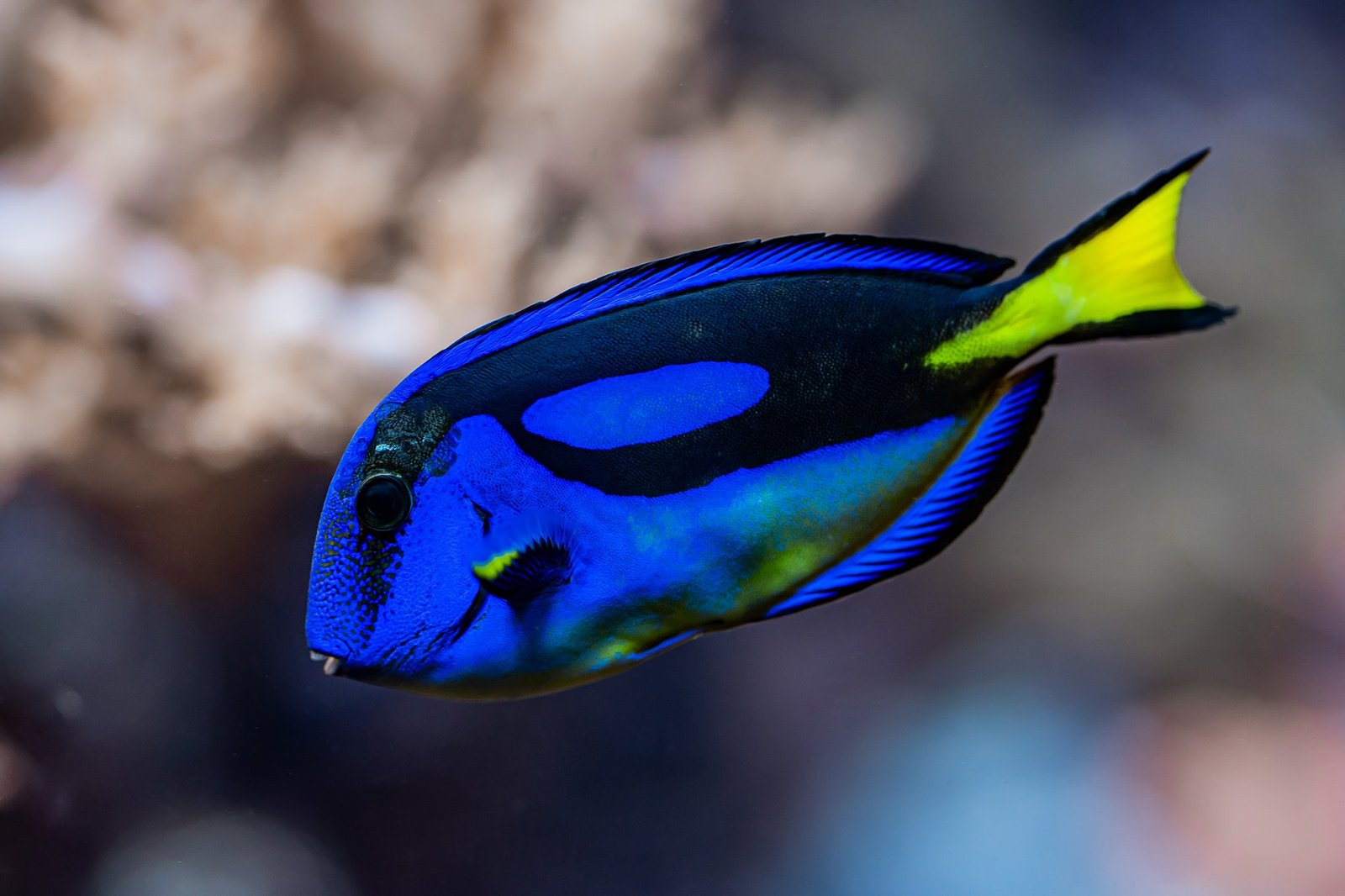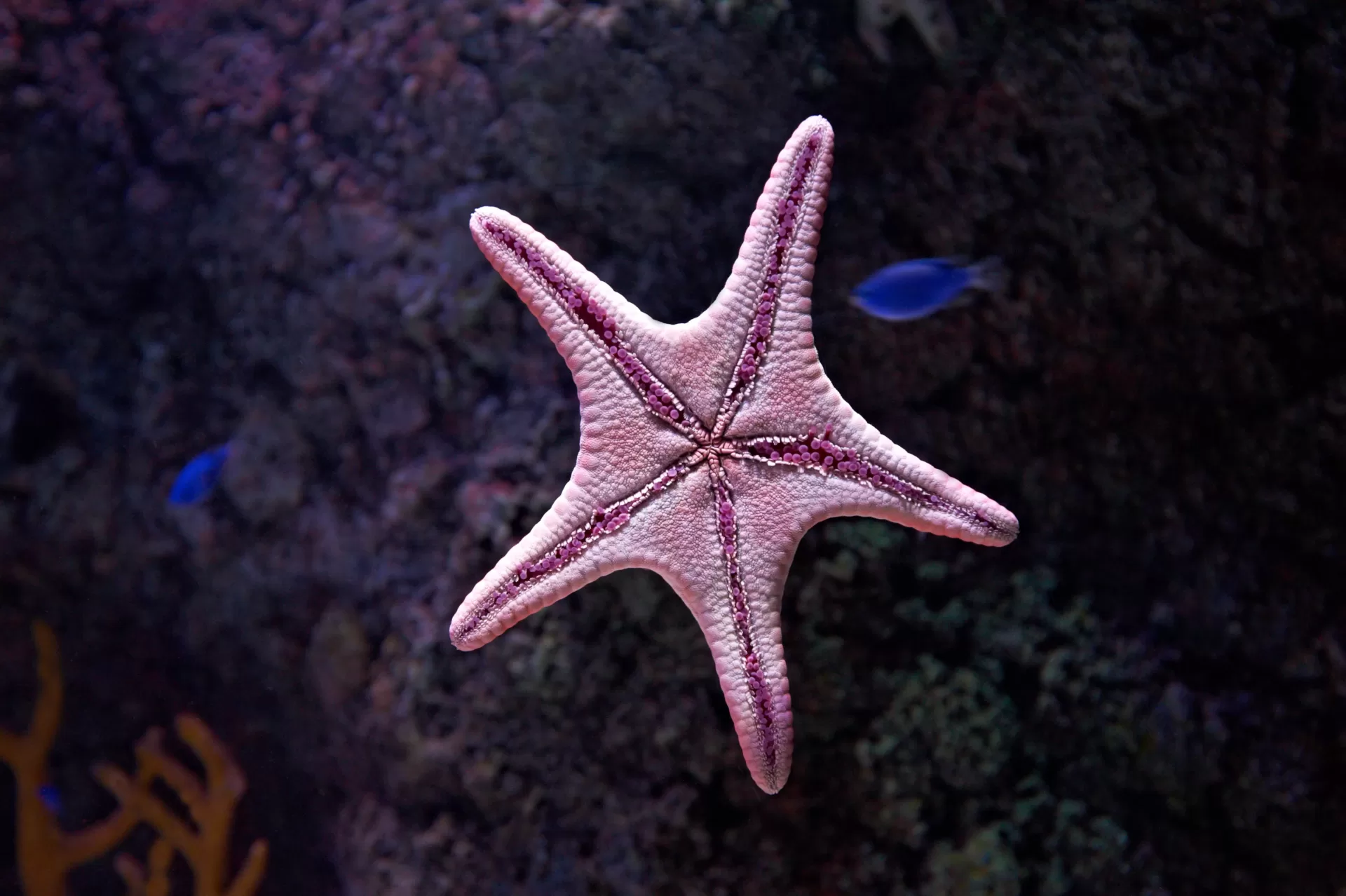Parrotfish are fascinating creatures that can be found in tropical and subtropical waters around the world. They are known for their vibrant colors and unique beak-like mouth. In this article, we will explore the information, diet, breeding, interesting facts, and cost associated with parrotfish. We will also discuss where you can see them and whether it is possible to hunt or eat parrotfish.
Parrotfish Information
Parrotfish come in a variety of sizes and weights. They range from as small as 4 inches to as large as 4 feet. In terms of classification, they belong to the domain Eukarya, kingdom Animalia, phylum Chordata, class Actinopterygii, order Scaridae, family Scaridae, genus Scarus, and species Scarus coeruleus.
One key difference between parrotfish and other related subjects is their diet. While most fish feed on smaller marine organisms like plankton and small fish, parrotfish have a unique diet. They use their beak-like mouth to scrape algae off rocks and coral reefs. This feeding behavior helps to keep coral reefs healthy by reducing the amount of algae that can smother them.
Parrotfish Diet
As mentioned earlier, parrotfish primarily feed on algae. However, their diet can vary depending on their age and species. Some parrotfish species also feed on small invertebrates, mollusks, and coral polyps. They play a crucial role in maintaining the balance of coral reef ecosystems by controlling the growth of algae.
Parrotfish Breeding
Parrotfish have an interesting reproductive strategy. They have the ability to change their sex throughout their lifetime. Most parrotfish start their lives as females and then transition into males as they mature. This sex change helps to maintain a healthy population by ensuring that there are always enough males and females for successful reproduction.
During the breeding season, male parrotfish can be seen displaying bright colors to attract females. They form schools and engage in elaborate courtship displays. After fertilization, the female releases thousands of eggs into the water, which are then fertilized by the male. The eggs hatch into larvae, which eventually settle on the reef and grow into juvenile parrotfish.
Parrotfish Interesting Facts
- Parrotfish can produce a mucus cocoon around themselves at night. This cocoon helps to mask their scent and protect them from predators while they sleep.
- Some species of parrotfish can produce up to one ton of sand each year by grinding up coral while feeding.
- The vibrant colors of parrotfish are not only beautiful but also serve as a form of camouflage, blending in with the coral reef.
- Parrotfish have a strong beak that they use to scrape algae off the coral. This beak is made up of fused teeth, which grow throughout their lives.
Cost
The cost of parrotfish can vary depending on various factors such as size, rarity, and location. In some areas, parrotfish are protected and cannot be harvested for consumption. However, in other regions, they are caught and sold for aquariums or as food. It is important to consider the ethical implications and sustainability of purchasing parrotfish.
Where to see Parrotfish
Parrotfish can be found in many tropical and subtropical regions around the world. They thrive in warm waters with coral reefs. Some popular cities and countries where you can see parrotfish include:
- Cairns, Australia
- Bali, Indonesia
- Maldives
- Hawaii, USA
- Red Sea, Egypt
- Great Barrier Reef, Australia
Can you hunt or eat Parrotfish?
In some countries, hunting or eating parrotfish is allowed. However, it is crucial to consider the impact of overfishing on coral reefs and the overall marine ecosystem. Parrotfish play a vital role in maintaining healthy coral reefs, and their removal can disrupt this delicate balance. Additionally, certain species of parrotfish may contain ciguatera toxin, which can cause food poisoning if consumed.
If you do choose to eat parrotfish, make sure it is sustainably sourced and from a reputable supplier.
Conclusion
Parrotfish are remarkable creatures with vibrant colors and a unique feeding behavior. They play a vital role in maintaining the health of coral reefs and contribute to the overall biodiversity of marine ecosystems. While they may be hunted or consumed in some regions, it is important to prioritize their conservation and ensure the sustainability of their populations. By appreciating these fascinating fish in their natural habitat, we can contribute to their protection and the preservation of coral reefs worldwide.




